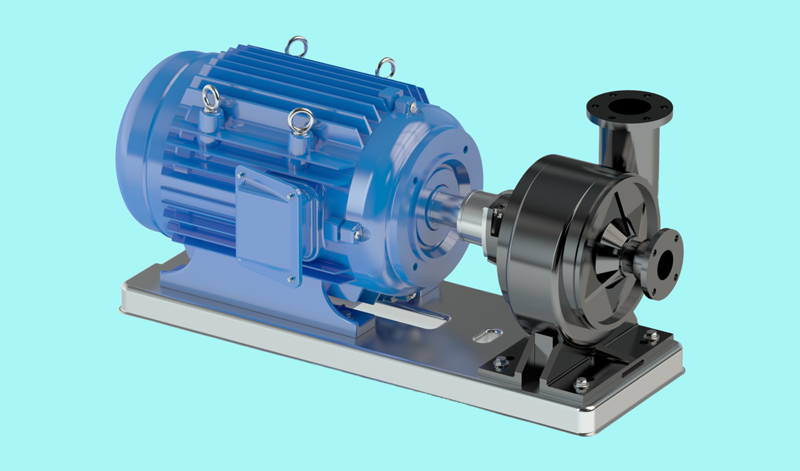
Dry Vacuum Pumps Save Water & Energy
Vacuum pumps are used for a variety of industrial processes, including packaging, bottling, drying and degassing. Laboratories, medical facilities, and dental offices use vacuum pumps to collect waste gases, liquids or debris from a vessel or enclosure. Vacuum pumps can be either “wet” or “dry” — based on how the vacuum seal is generated within the pump. Dry vacuum pumps have the potential to save on water and energy costs in certain applications.
Types of vacuum pumps and how they work
Several different types of vacuum pumps are available, including liquid ring, vane, lobe, screw, scroll, diaphragm and piston types. Pump selection is site specific and depends on the process parameters for each application such as pressure, gas load and media cleanliness level. Vacuum pumps can range in size from less than 2 horsepower for dental facilities to over 400 horsepower for industrial applications.
Liquid ring types, which are the most common, may be once-through, partial recovery or full-recovery systems with respect to use of liquid. Water use for once-through liquid ring pumps is a minimum of 0.5 gallons per minute per rated pump horsepower. That can amount to more than 600 gallons of water use per day (roughly $325 per year in water costs*) for a 5 HP pump.
The vane, lobe and screw types may run dry or be sealed using water or oil. Dry vacuum pumps are typically small piston-type for laboratory or office use, rotary lobe-type (including hook and claw) for medium vacuum applications like milking parlors, or rotary screw-type for industrial process applications. All of them create a vacuum by compressing air into a smaller volume and exhausting it to atmosphere.
Comparing dry vacuum and liquid ring pumps
Dry vacuum pumps have several advantages compared to liquid ring models. Dry vacuum pumps are 30% more energy efficient. Liquid ring pumps run fast to create the seal, which uses more energy. Also, dry vacuum pumps consume almost no water because they use a cooling jacket to remove heat. Finally, dry vacuum pumps have a much longer service life of 15 to 20 years, compared to 6 to 8 years for liquid ring pumps.
Dry vacuum pumps do have some downsides. Their operating noise level is loud, and a high level of maintenance is required. The surface temperature of dry vacuum pumps is hot, and their gas exhaust temperature can exceed 400°F, which can be a safety concern. Also, dry vacuum pumps typically have a high initial cost; they are typically twice as expensive the liquid ring pumps.
Dry pumps are made from cast or ductile iron which holds tight tolerances better than stainless steel. Although made from iron, the dry running condition inhibits corrosion. Although dry pumps run hot, this also inhibits corrosion and works well for pumping gases that condense or solidify at room temperature.
Considering the savings from eliminating the cost of water, wastewater sewage charges and from lower energy costs, dry vacuum pumps can be a cost-effective solution with environmental benefits. Consult with a vacuum pump specialist before replacing liquid ring vacuum pumps with dry vacuum models.
*@$800 per af (acre-foot) cost of water; 1 af = 326,000 gallons